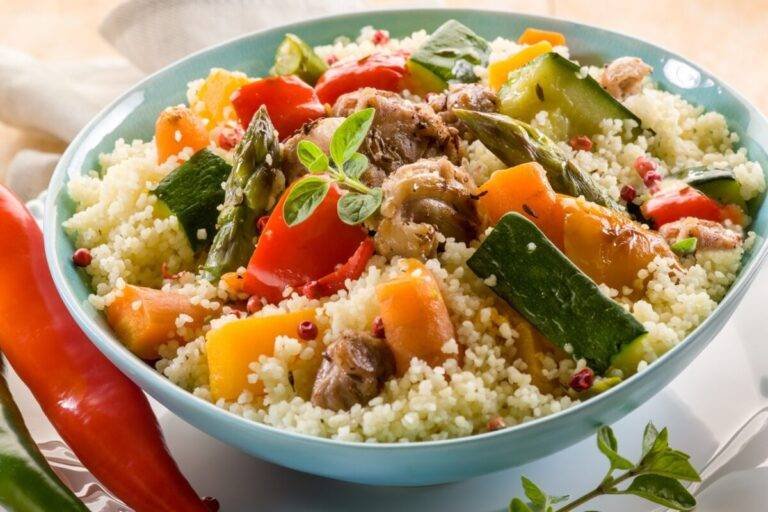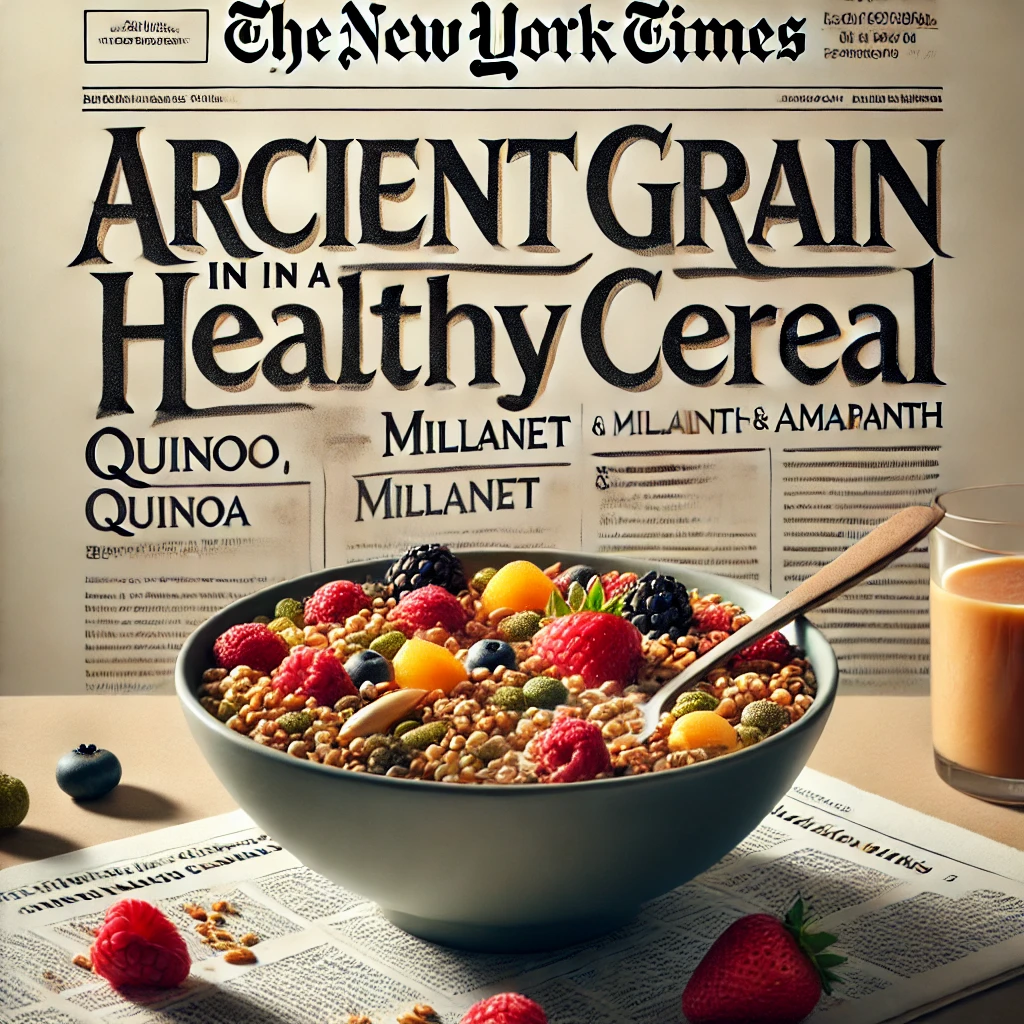The Delight of Cuşcuş: A Culinary Journey
Couscous, known as cuşcuş in various parts of the world, is a staple in many cultures, celebrated for its versatility, ease of preparation, and delightful taste. Originating from North Africa, cuşcuş has found its way into the kitchens of food enthusiasts globally. This article delves into the history, preparation methods, nutritional benefits, and diverse culinary applications of cuşcuş, offering a comprehensive guide to understanding and enjoying this wonderful grain.
The Origin and History of Cuşcuş
Cuşcuş has a rich history that dates back centuries. It is believed to have originated with the Berbers of North Africa, who first created this unique grain by rolling and shaping semolina wheat into tiny granules. Over time, cuşcuş became a fundamental part of the North African diet, spreading across the Mediterranean, Middle East, and eventually, to other parts of the world through trade and cultural exchange.
In countries like Morocco, Algeria, Tunisia, and Libya, cuşcuş is more than just food; it is a cultural emblem often associated with tradition and communal meals. The preparation and sharing of cuşcuş are deeply embedded in the social and cultural fabric of these regions, making it a dish that brings people together.
How Cuşcuş is Made
The traditional method of making cuşcuş involves a labor-intensive process where semolina wheat is sprinkled with water and rolled into small pellets. These pellets are then dried and steamed over a pot of simmering stew, which infuses them with flavor. Modern methods have simplified this process, allowing for the mass production of pre-steamed cuşcuş, which only requires a quick soak in hot water or broth to be ready for consumption.
Traditional Preparation
1. Ingredients:
Semolina wheat
Water
Salt
2. Steps:
Mix the semolina with a small amount of water to form tiny granules.
Roll the mixture between your palms or use a special sieve to create uniform-sized grains.
Dry the granules thoroughly.
Steam the cuşcuş over a pot of simmering stew or water.
Quick Preparation
1. Ingredients:
Pre-steamed cuşcuş
Boiling water or broth
Olive oil or butter (optional)
Salt to taste
2. Steps:
Place the cuşcuş in a heatproof bowl.
Pour boiling water or broth over the cuşcuş, just enough to cover it.
Cover the bowl and let it sit for about 5 minutes.
Fluff the cuşcuş with a fork, adding olive oil or butter if desired.
Nutritional Benefits of Cuşcuş
Cuşcuş is not only delicious but also offers several nutritional benefits. It is a good source of complex carbohydrates, providing sustained energy. Additionally, it contains essential nutrients such as fiber, protein, vitamins, and minerals, making it a healthy addition to any diet.
Nutritional Profile
Carbohydrates: Cuşcuş is rich in complex carbohydrates, which are vital for energy production and maintaining stable blood sugar levels.
Fiber: The fiber content in cuşcuş aids in digestion, promotes satiety, and helps regulate cholesterol levels.
Protein: While not a complete protein, cuşcuş provides a moderate amount of protein, essential for muscle repair and growth.
Vitamins and Minerals: Cuşcuş contains B vitamins, such as niacin and folate, as well as minerals like selenium, which supports immune function and acts as an antioxidant.
Culinary Uses of Cuşcuş
One of the most appealing aspects of cuşcuş is its versatility in the kitchen. It can be served as a main dish, a side, or even incorporated into salads and desserts. Here are some popular ways to enjoy cuşcuş:
Traditional Dishes
1. Moroccan Cuşcuş with Seven Vegetables:
This classic dish features cuşcuş steamed with a variety of vegetables, such as carrots, zucchini, turnips, and chickpeas, all cooked in a flavorful broth spiced with cumin, cinnamon, and saffron. Often, lamb or chicken is added for additional protein.
2. Tunisian Cuşcuş:
In Tunisia, cuşcuş is often prepared with a spicy harissa sauce, tomatoes, and peppers, served with fish or lamb. The addition of harissa gives the dish a distinctive heat and flavor.
Modern Recipes
1. Cuşcuş Salad:
A refreshing and healthy option, cuşcuş salad typically includes ingredients like cherry tomatoes, cucumbers, bell peppers, red onions, and fresh herbs like parsley and mint. A lemon vinaigrette dressing ties the flavors together, making it a perfect dish for warm weather.
2. Cuşcuş Stuffed Peppers:
Bell peppers are stuffed with a mixture of cuşcuş, black beans, corn, diced tomatoes, and spices, then baked until tender. This dish is both visually appealing and nutritious, offering a delightful combination of textures and flavors.
3. Cuşcuş with Roasted Vegetables:
Roasted vegetables such as sweet potatoes, eggplant, and Brussels sprouts are combined with cuşcuş and drizzled with a tahini dressing. This dish is hearty and satisfying, ideal for a vegetarian meal.
Tips for Cooking Perfect Cuşcuş
While cuşcuş is relatively easy to prepare, a few tips can help ensure it turns out perfectly every time:
1. Use a Ratio of 1:1:
For every cup of cuşcuş, use an equal amount of boiling water or broth. This ratio ensures the grains absorb the liquid properly without becoming mushy.
2. Let It Sit:
After adding the boiling liquid, cover the cuşcuş and let it sit undisturbed for about 5 minutes. This allows the grains to absorb the liquid evenly.
3. Fluff with a Fork:
Once the cuşcuş has absorbed the liquid, use a fork to fluff the grains. This helps separate them and prevent clumping, resulting in a light and fluffy texture.
4. Add Flavor:
Enhance the taste of cuşcuş by cooking it in broth instead of water and adding a drizzle of olive oil or a knob of butter. Fresh herbs, spices, and citrus zest can also elevate the flavor profile.
Cuşcuş Around the World
Although cuşcuş is primarily associated with North African cuisine, it has been embraced and adapted by various cultures worldwide. In the Mediterranean, it is often served with seafood, while in the Middle East, it may be paired with lamb or chicken and seasoned with a blend of aromatic spices. In recent years, cuşcuş has gained popularity in Western countries as well, where it is used creatively in both savory and sweet dishes.
Mediterranean Cuşcuş
1. Seafood Cuşcuş:
In coastal regions of the Mediterranean, cuşcuş is paired with an array of seafood, including shrimp, mussels, and calamari. The dish is typically cooked in a tomato-based broth, infused with garlic, fennel, and saffron.
Middle Eastern Cuşcuş
1. Lamb and Cuşcuş:
In the Middle East, cuşcuş is often served with tender lamb cooked with spices like cinnamon, cumin, and coriander. The dish is usually accompanied by a side of yogurt or a fresh salad.
Conclusion
Cuşcuş is a remarkable grain that embodies a rich history, nutritional benefits, and incredible versatility in the kitchen. Whether you are enjoying a traditional North African cuşcuş dish, experimenting with a modern recipe, or simply using it as a quick and healthy meal option, cuşcuş offers a delightful culinary experience. Its ability to absorb flavors and complement a wide range of ingredients makes it a beloved staple in kitchens around the world. Embrace the journey of cuşcuş and explore the endless possibilities it brings to your table.














Post Comment